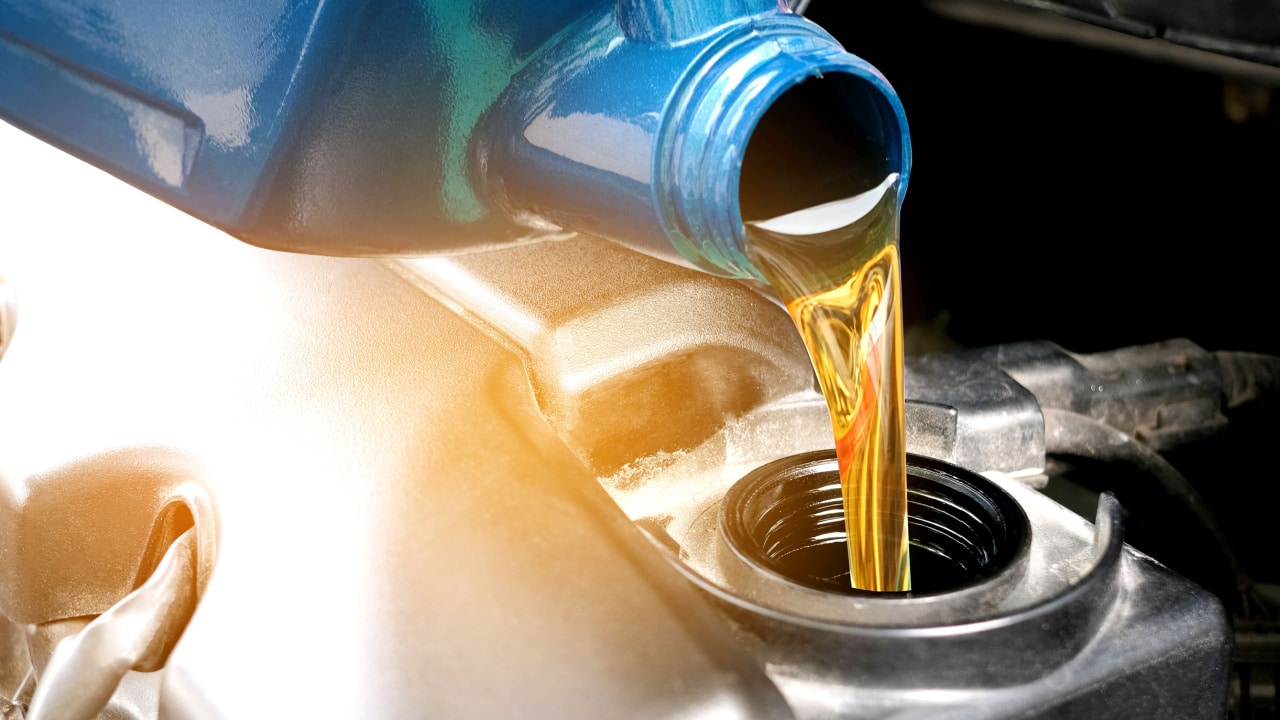13 Bad Products That Might Be Hurting Your Car

Are you the type of enthusiast who loves to tinker with their car on the weekends? Perhaps you’ve fitted a set of chrome spinners and some aftermarket LED lights to it. Or maybe you like to wash and polish it a couple of times a week, possibly while rolling your eyes at your neighbor in his dirty old rust bucket.
Sure, it feels good to passive-aggressively exert your automotive obsession on the neighborhood, but do you know that some of the auto products you are spending your cash on could actually be damaging your car?
To help avoid any embarrassment, we have compiled a list of auto products that may be hurting your car rather than turning it into the mechanical masterpiece you were aiming for.
Abrasive Polishes and Cutting Compounds

Scuffs, scratches, and minor paint blemishes are all inevitable parts of car ownership. There are plenty of polishes and cutting compounds out there that claim to be able to remove the damage and revitalize your fading paintwork.
The way they do this is by cutting into the top layer of paint, and depending on how thick your paintwork is and how harsh the polish is, you may end up doing more damage than good. Always check whether the polish you are buying is right for your paintwork, and don’t get too aggressive with a polishing machine, or you’ll damage the paintwork even further.
High-Pressure Power Washers

Nothing is quite as satisfying as blasting dirt and grime off your vehicle with a massive high-pressure power washer. Some are even powerful enough to silence that yapping dog from two houses away.
The problem is that the extreme water pressure can damage and dull your paintwork over time. It can also force water in between plastic trim panels, potentially causing rust over time. Rather, use a sponge and garden hose to get the job done.
Automatic Car Washes

Sitting down for a cup of coffee while your car goes through an automatic car wash may save you the hassle of doing it yourself, but some car washes can actually damage your car. The spinning rollers can leave micro-scratches on the paintwork, and the high-pressure jets will do the same sort of damage that your home pressure washer might do.
Alloy Wheel Cleaners

Alloy wheels look great until they are caked with road grime and brake dust. Cleaning them can be a fiddle, but try to avoid dedicated alloy wheel cleaners as they contain abrasive cleaning agents that will eat into the wheel’s coating. Look for wheel cleaners that are less abrasive, and never leave them on the wheel for longer than a few seconds at a time.
Large Rims

The big rims look cool. That’s an indisputable fact. However, every car has been designed to work with a certain range of tire and wheel sizes. If it goes too large, you can damage the suspension and wheel arches. The ride will also become very uncomfortable over every bump and expansion joint on the road.
Aftermarket Exhausts

Most modern cars have quiet exhausts designed to appease everyone except the actual owner of the vehicle. That’s why aftermarket exhausts are a great way to unleash the fury and power of your impressive V8 motor or perhaps enhance the slightly less impressive vocal efforts of your small four-potter. We aren’t judging.
Something that you need to keep in mind, though, is that some aftermarket exhaust systems tend to drone at cruising speeds and can be downright deafening at high revs. If they interfere with your vehicle’s emissions system (like bypassing catalytic converters), they will be illegal in most states and can cause engine damage over time.
ECU Remaps

Modern Electronic Control Units (ECUs) coordinate the many complex electronic and mechanical components of your vehicle. Remapping or tuning your ECU can unleash more power, especially in turbo- and supercharged vehicles.
This is done by dialing back the built-in ECU safety settings and changing the fueling and/or boost settings. Push things too far, and you may damage the engine components. That’s why it’s essential to always use trusted specialists if you intend to have your ECU modified.
Turbo Conversions

There’s no replacement for displacement unless you bolt a big turbocharger to your engine. Dozens of auto manufacturers have done just that to their performance models, creating mega-horsepower rocket ships like the Ford Mustang GT500 and Dodge Challenger SRT.
But those are factory-developed machines, and screwing a turbo- or supercharger onto your Honda Civic may not yield the same results. In fact, without going to extreme lengths to ensure that the transmission, suspension, brakes, and engine can cope with the extra power, you may end up with an expensive lesson rather than a Fast and Furious racer.
Suspension Drops

Lowering a ride ups its cool ratio by 17 points. A mathematically proven fact. Probably. Just remember that messing with the standard suspension settings will have a big impact on much more than just how cool it looks. A lowered suspension restricts the movement of the springs and shocks, making the ride much harder. You will also need to avoid every bump and obstacle in the road, as the low ride height can result in a damaged undercarriage.
Aftermarket Audio Systems

Banging tunes are a basic necessity right after radiator water and engine oil. Happily, most newer cars have decent sound systems from the factory. If yours doesn’t, then the obvious next move is to install a mega amp, huge subwoofer, and proper speakers.
Just make sure that your battery, electrical system, and wiring can handle the extra load. Otherwise, you may end up blowing up expensive electrical components. Excessively loudspeakers can also loosen trim over time, making your car a rattle trap whenever the radio is off.
Replacement LED Lights

Old-school halogen headlights aren’t great. Replacing them with much brighter aftermarket LED units is popular but isn’t always a great idea. That’s because LED light units create a lot of heat, which can damage the light fittings and even become a fire hazard.
Incorrectly installing an LED headlight can result in inconsistent light output, flickering, and a disconcerting buzzing noise from the units themselves. If you are considering such a conversion, make sure to thoroughly research how viable it is for your make and model of the car beforehand.
Car Covers

Once you’ve washed, polished, waxed, and rewaxed your pride and joy, a car cover is the best way to keep it looking shiny. Right? Well, that depends on the cover and where you park your car. Coarse or abrasive car cover fabrics can wear down paintwork, especially if you park outside, where the wind will move the cover around a lot.
Water-resistant car covers won’t actually keep water out, so use a heavy-duty waterproof cover for outside use. Car covers with a soft inner layer are best at protecting your paintwork.
Performance Oils

The guys driving in NASCAR use a special performance oil so surely it will deliver the same benefits when poured into the engine of your 200,000-mile Altima. The truth is that engine oils are formulated to work with specific engine designs. Road cars require thicker oils with wider heat ranges to cope with day-to-day driving and allow for extended oil change intervals.
Older engines need thicker oils to account for extra wear and tear. If you use a thin racing oil in your aging family MPV, it may cause it to smoke more and perform worse. It certainly won’t offer the right amount of lubrication, so rather, stick to what the manufacturer recommends.





